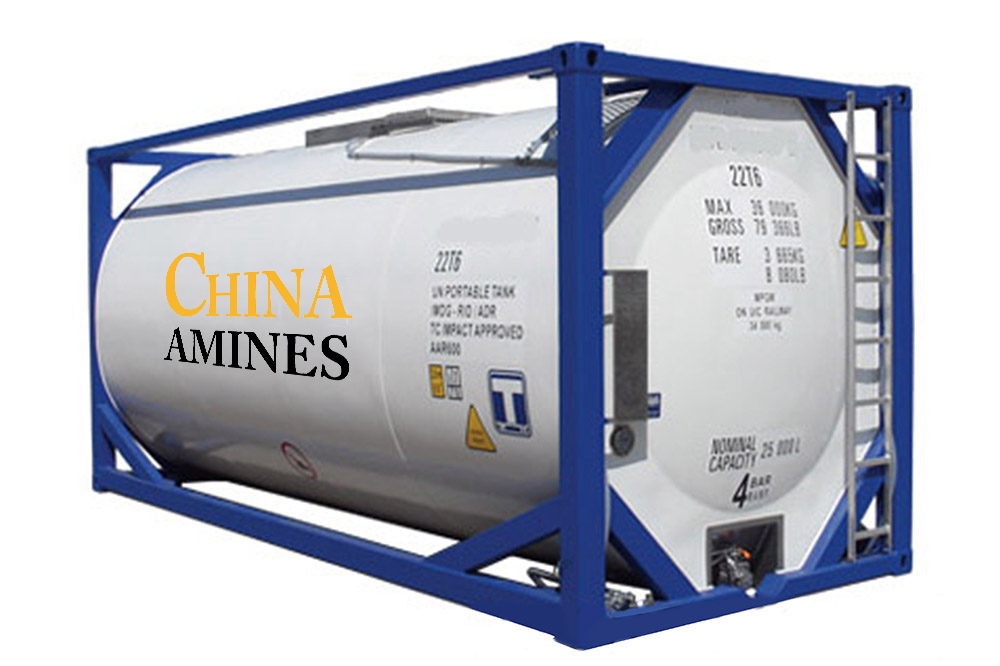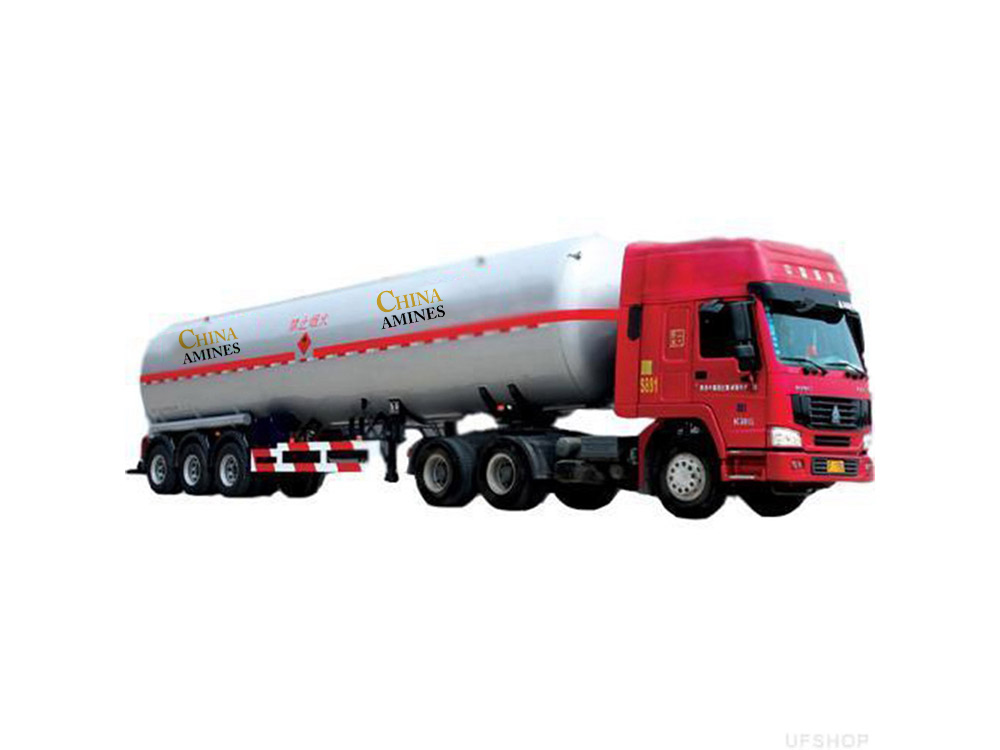1. Chemical Structure and Properties
Molecular Formula: CH₂F₂
Structural Formula:
A fluorinated hydrocarbon with a methane backbone substituted by two fluorine atoms.
Physical Properties:
Appearance: Colorless gas under standard conditions; liquified under pressure.
Boiling Point: -51.6°C; Critical Temperature: 78.4°C; Critical Pressure: 5.78 MPa.
Density: 1.23 g/cm³ (liquid at 25°C); Vapor Pressure: 14.3 bar at 20°C.
Chemical Properties:
Thermodynamic Efficiency: High latent heat capacity (250–300 kJ/kg), enabling superior cooling performance.
Stability: Non-reactive under normal conditions; decomposes at >400°C to release hydrogen fluoride (HF).
Flammability: Classified as A2L (low flammability, weak flame propagation) under ASHRAE Standard 34.
2. Industrial Applications
HVAC&R Systems:
Air Conditioning: Primary refrigerant in residential and commercial split systems (e.g., Daikin, Mitsubishi Electric).
Heat Pumps: Replaces R410A in high-efficiency systems due to lower GWP and higher energy efficiency (SEER improvements up to 10%).
Low-Temperature Refrigeration:
Cascade Systems: Used with CO₂ (R744) in ultra-low-temperature freezers (-80°C) for pharmaceutical storage.
Semiconductor Manufacturing:
Etching Gas: Plasma etching of silicon wafers in chip fabrication (limited use due to HF byproduct risks).
3. Safety and Toxicology
Health Hazards:
Acute Exposure:
Inhalation: Asphyxiant at high concentrations; irritation to respiratory tract (TLV-TWA: 1,000 ppm).
Skin Contact: Frostbite risk during liquid handling; no significant dermal toxicity.
Ingestion: Not relevant (gaseous state).
Chronic Effects:
Ozone Depletion: ODP = 0; no impact on ozone layer.
Carcinogenicity: No evidence (IARC: Not classified).
Decomposition Risks:
Thermal breakdown (>400°C) produces HF (highly corrosive) and COF₂ (toxic gas).
Protection Measures:
PPE: Gloves, face shields, and ventilation for leak-prone areas.
Leak Detection: Infrared sensors or halide torches for early identification.
4. Environmental and Regulatory Compliance
Environmental Impact:
Global Warming Potential (GWP): 675 (100-year horizon, IPCC AR6), ~1/3 of R410A.
Atmospheric Lifetime: ~5.2 years, shorter than most HFCs.
Regulatory Frameworks:
EU F-Gas Regulation: Permitted as a transitional refrigerant but subject to phasedown quotas (2024–2030).
U.S. SNAP Program: Approved for new AC systems under EPA’s flammable refrigerant guidelines.
Kigali Amendment: Encouraged as a lower-GWP alternative to high-GWP HFCs.
Recycling/Reclamation: Mandatory recovery per ISO 5149 standards to minimize emissions.
5. Case Studies and Application Insights
Case 1: Daikin’s R32 Revolution (2012–Present):
Innovation: First to commercialize R32-based AC units, reducing refrigerant charge by 30% vs. R410A.
Impact: Achieved 10% higher SEER ratings and 75% lower GWP in 20 million units sold globally.
Case 2: Gree’s R32 Heat Pumps in Arctic Climates (2021):
Challenge: Maintain efficiency at -30°C ambient temperatures.
Solution: Optimized compressor and heat exchanger designs for R32’s high-pressure operation.
Result: 15% energy savings vs. R410A systems in Nordic markets.
Comparative Analysis:
R32 vs. R410A:
Pros: 67% lower GWP, higher energy efficiency, and reduced refrigerant charge.
Cons: Mild flammability (A2L) requires flame-retardant system designs.
R32 vs. R290 (Propane):
Pros: Lower flammability (A2L vs. A3), better compatibility with existing infrastructure.
Cons: Higher GWP (675 vs. 3).
Specifications:
R32 (Methylene Fluoride) is a high-quality chemical with excellent stability, widely used in refrigeration and air conditioning systems, offering optimal performance at competitive pricing from China Amines Co.



